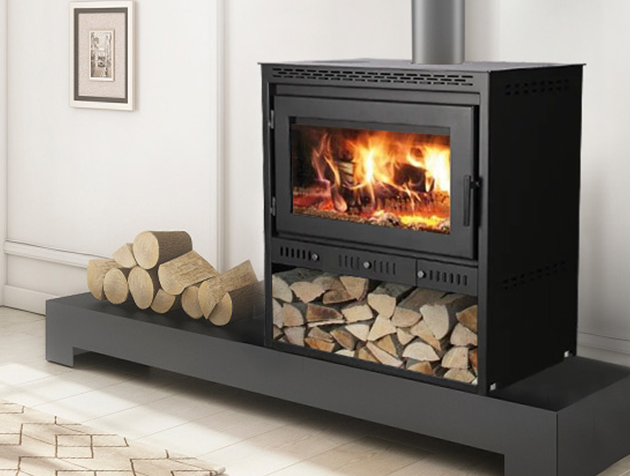The freestanding fireplace factory has become a functional and adaptable addition to many living spaces. Unlike built-in models, the freestanding fireplace is designed as a standalone unit that does not require structural modifications during installation. This makes it suitable for a variety of environments, from homes and apartments to commercial spaces and outdoor areas.

One of the main advantages of the freestanding fireplace is its placement flexibility. It can be positioned against a wall, in a corner, or even in the center of a room depending on space availability and design goals. The freestanding fireplace does not rely on a chimney, particularly in the case of electric or vent-free gas models, which allows for installation without extensive remodeling.
There are different types of freestanding fireplace units. These include wood-burning, gas-powered, and electric versions. Each type offers its own set of features and maintenance needs. The wood-burning freestanding fireplace provides a traditional experience, with visible flames and the aroma of burning logs. However, it requires proper ventilation and regular cleaning. Gas-powered models offer easier ignition and cleaner combustion. Electric freestanding fireplace units are the convenient in terms of installation and maintenance, often requiring only access to a standard power outlet.
From a design perspective, the freestanding fireplace offers a wide range of styles and finishes. Units are available in modern, classic, and industrial designs, with materials such as steel, cast iron, glass, and ceramic. This versatility allows the freestanding fireplace to match various interior themes. The outer structure often includes heat-resistant surfaces and protective screens, ensuring both functionality and safety.
The freestanding fireplace can be used as a primary or supplemental heat source. In small rooms, it may provide adequate heating on its own, while in larger areas, it often serves as a secondary heat source to reduce reliance on central systems. The warmth produced by the freestanding fireplace is typically distributed through radiation and, in some cases, built-in fans. This helps create a comfortable temperature without overheating the space.
In addition to indoor use, the freestanding fireplace is often incorporated into outdoor settings such as patios, gardens, or covered porches. Outdoor models are designed with materials that can withstand exposure to wind, moisture, and temperature fluctuations. These units provide warmth for evening gatherings and seasonal transitions, extending the usability of outdoor areas.
Safety is an important consideration when using a freestanding fireplace. The unit should be placed on a stable, non-flammable surface, with adequate clearance from walls, curtains, and furniture. Manufacturers typically provide installation guidelines that include spacing and ventilation recommendations. In homes with children or pets, protective barriers may be used to prevent accidental contact with hot surfaces.
The energy efficiency of the freestanding fireplace varies based on model and usage. Electric models convert Many of their energy into heat, while gas and wood-burning units may lose some energy through combustion and exhaust. Regardless of type, users should select a model with appropriate output for the intended space. Oversized units may overheat small rooms, while undersized units may fail to provide sufficient warmth.
Maintenance of the freestanding fireplace depends on fuel type. Wood-burning models require regular removal of ash and periodic chimney cleaning. Gas models should be checked for blockages or wear in the burner assembly. Electric versions are generally low-maintenance, requiring only periodic dusting and inspection of heating elements or internal fans. Consistent maintenance ensures safe operation and helps extend the lifespan of the unit.








